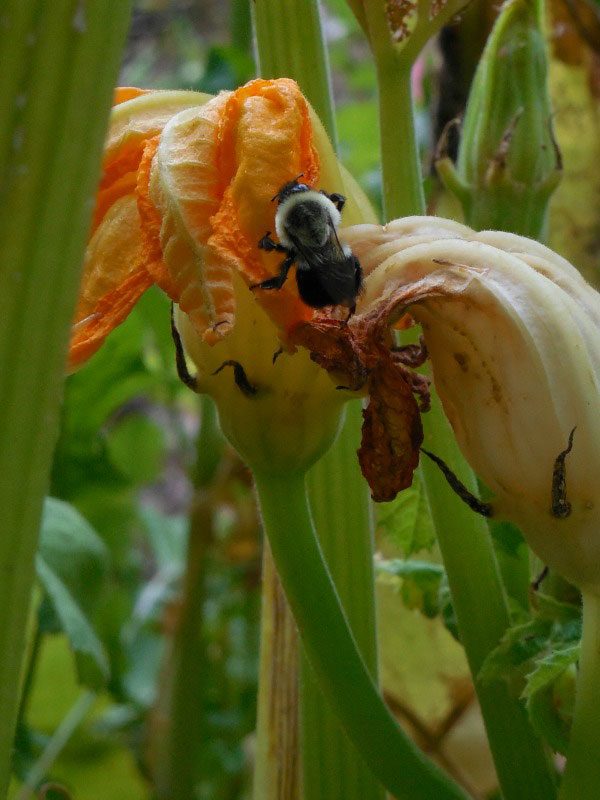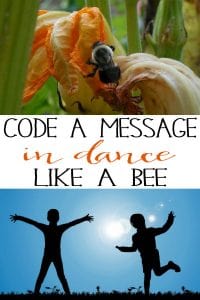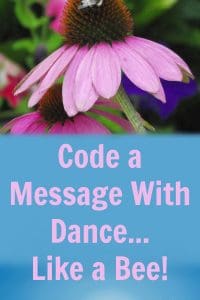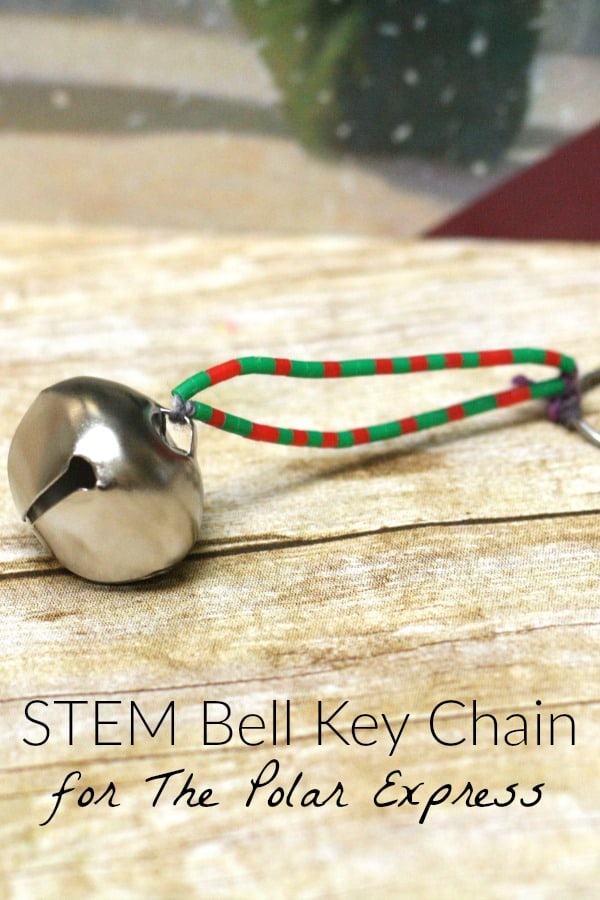Code a Message in Dance… Like a Bee
Did you know that bees communicate with one another through dance? Yes, that’s right, bees dance! When a scout goes out to search for some nectar, it comes back and tells the rest of the hive about it through a series of dance moves. These “dances” code for distance, quality of food, and direction. In this unplugged coding activity for kids, they will learn about how bees use dance for coding and then create your own coded dance for others.

Bee Dance – Featured Book for Activity
We have included affiliate links to some of the products and resources as an associate we may earn from qualifying purchases.

The picture book, Bee Dance, by Rick Chrustowski, beautifully illustrates these bee dances through simple language and engaging illustrations. It might even inspire you to design your own dance move code! Read on to learn more and for a fun activity.
Find out how to make Bees using nature walk finds with our Pine cone Bumble Bees
Learning about How and Why Bees Dance
Before you begin creating your own dance language, let’s review the types of bee dances and what they mean.
There are two dances, the round dance and the waggle dance. The round dance is used to tell about food sources that are nearby, within 25-100 ft. The scout bee comes back and shares some of the nectar she has collected with the other bees. Then she begins her dance to tell them about what she’s found.
The round dance is just as it sounds, the bee runs in a circular motion switching direction every now and then. The more excited the bee’s dance is, the better the food source is and the greater the quantity. The bee has the odour of the flower on her and has left some of her own odour on the target plant. All of this information leads the bees to their treasured meal.

The waggle dance is like the round dance, but the bee cuts across the circle and wiggles, or waggles to share information. In this amazing maneuver the bee encodes details about the direction of the food source and how far away it is.
The longer the waggle dance, the further away, or more energy it will take to travel there. The direction of the food source is indicated by the angle at which the waggle part of the dance takes place. Straight up and down in the direction of the Sun means the food is in the direction of the Sun. 45 degrees to the left mean the food is 45 degrees to the left of the direction of the sun, and so on and so forth.

Make your own Paper Plate Bouncy Bee to dance around and mimic the waggle and a round dance with it
Create Your Own Dance Language
You can create your own dance code to communicate a message. First, develop some simple moves and a key that explains to them so that you don’t forget what each dance step means. For example, one wave of your right hand might mean take one step to the right. Jump up once and that means one step forward.
Once you’ve created your secret dance code, you can do your dance to send your friends on a scavenger hunt to find a prize or snack. You could also use the code to simply give clues to a secret location or hiding place. Dance slow to indicate the place is further away, dance in a specific direction to show the direction they should head, etc.
Further Reading and Activities
If you are interested in other books about the fascinating social lives of bees, you might want to find the picture book Are You a Bee? by Judy Allen.
More Bee and other Bug book inspiration for your junior naturalists.
More Coding and STEM Activities for Kids


Sarah from Share it! Science
Sarah Benton Feitlinger, M.Ed. is a former Preschool-6th science teacher, mom, blogger and science writer, curriculum consultant and developer.
She is passionate about educating children, and loves anything and everything science!
Check out her blog, Share it! Science for fun science, STEM and STEAM activities, lessons, science news, book reviews and other resources for kids, teachers, homeschoolers and parents.
You can follow Share it! Science on social media: Facebook, Twitter, and Pinterest.









Thank you for all that you do! I am a STEM educator and, I love the idea of combining coding with the learning and engaging fun of bees. I can not wait to use this both in class and in the garden with my students.
Happy Coding –
Rebecca Martinez